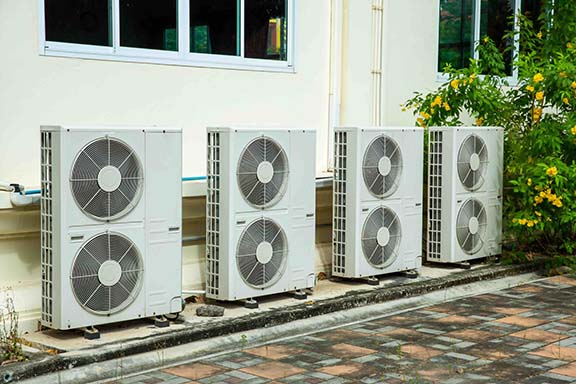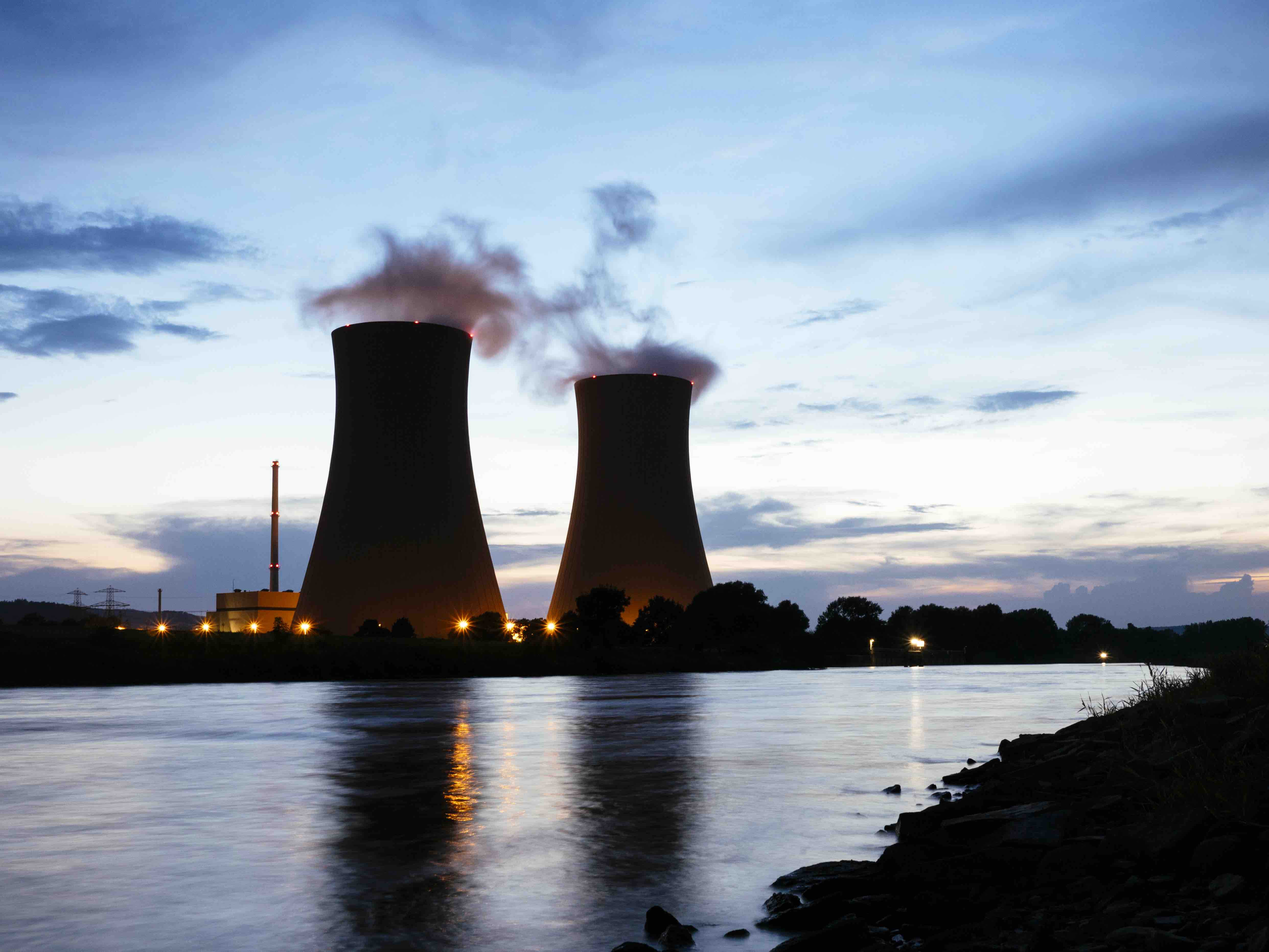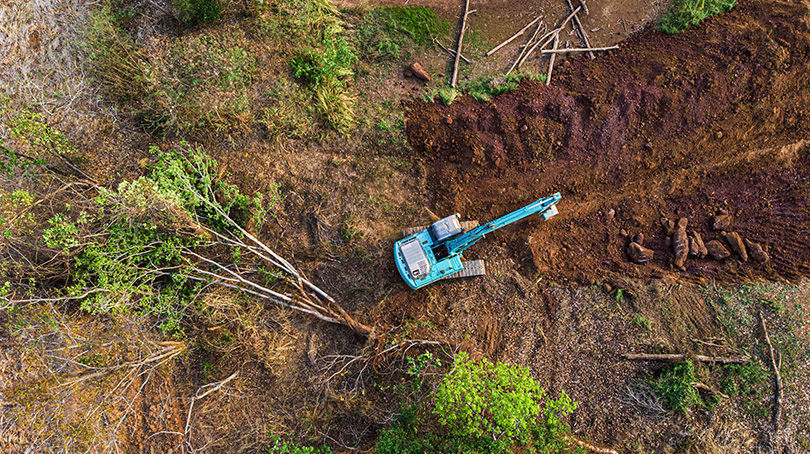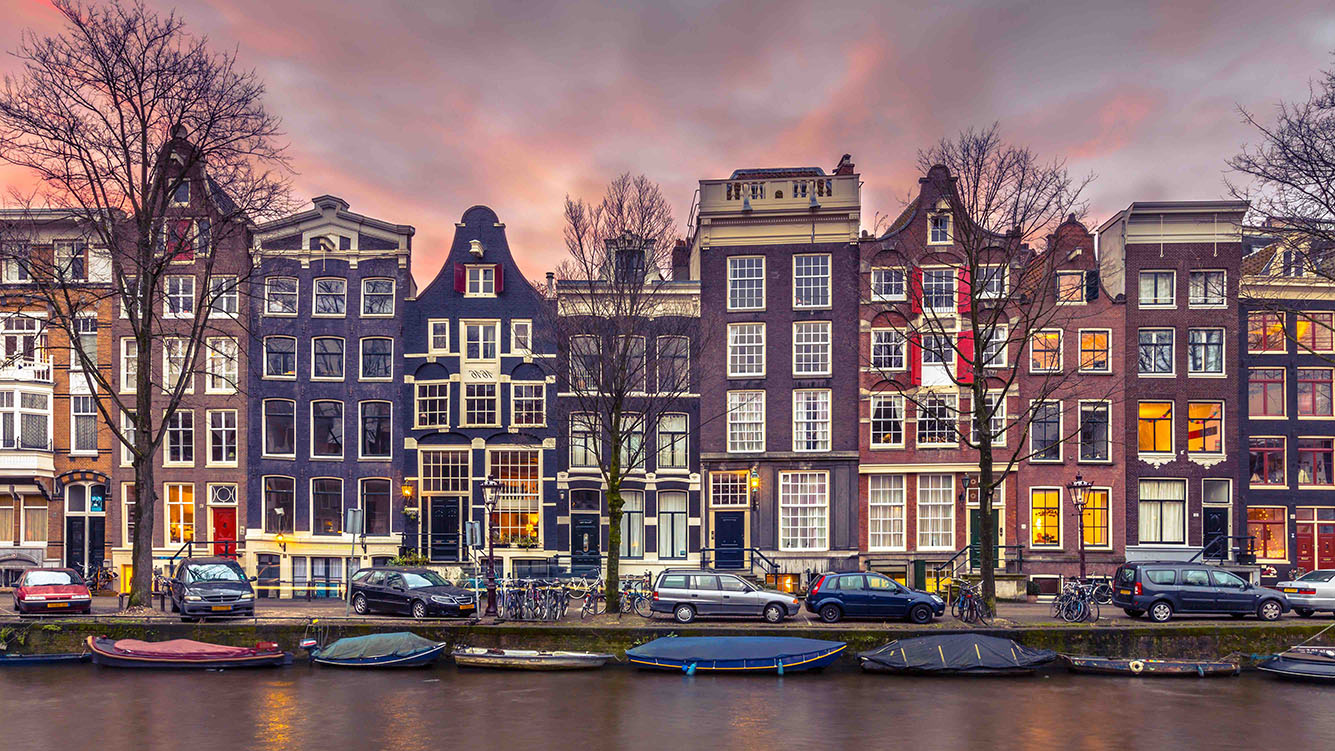
Volcanic Riches: Volcanoes as Green Energy Reservoirs
In a bid to meet the soaring demand for metals such as cobalt, lithium, copper, for renewable energy technologies, volcanoes might just be the untapped reservoirs that unlock a sustainable future. The demand for copper is expected to double by 2050 —from 25 million tonnes in 2020 to 50 million tonnes, demand for lithium grooving over 40 times by the year 2040.
Scientists Olivia Hogg and Jon Blundy proposed the concept to harness the enigmatic power of volcanic magmas, which boast a tantalizing richness in metals. Picture Mount Etna, Italy’s fiery giant, spewing forth 20 tonnes of copper and 10 kilograms of gold daily in volcanic gasses.
While capturing metals directly from these gasses remains implausible, the true magic lies in the depths below, where scorching magmatic brines hide the concentrated treasures. By ingeniously extracting metals from these brines, we gain a shot at addressing the impending metal crisis, crucial for transitioning to a green economy.
The brilliance of this approach doesn’t end there; the accompanying production of geothermal power renders the entire process potentially carbon neutral, a true boon in the fight against climate change. However, formidable challenges lie ahead, from technical hurdles to environmental concerns. Yet, the allure of this volcanic quest persists, with roughly 2,000 volcanoes identified as possible sites for metal extraction and geothermal power worldwide with least 15 European states presenting these opportunities. As we venture into this realm of fiery promise, it remains essential to balance the potential benefits with the need for caution, safeguarding both our quest for metals and the delicate ecosystems that surround these majestic volcanoes.
Iceland’s Volcanic Ballet: A Tale of Destruction and Resilience
Two centuries ago, the Laki volcanic eruption in Iceland had devastating consequences, with its lava flows and noxious gasses causing agricultural ruin and famine, leading to the death of a quarter of Iceland’s population. The ash and sulfur particles released into the atmosphere spread across the northern hemisphere, causing unusual weather patterns and food shortages that impacted economies in northern Europe. These environmental hardships are believed to have contributed to the tensions and conditions that fueled the French Revolution of 1789, illustrating nature’s profound influence on human history beyond geology.
Nature’s fiery fury struck again near Reykjavik with a volcano eruption just 19 miles from Iceland’s capital, marking the third eruption in the area within two years. While not posing an immediate threat to human life or air traffic, this effusive eruption has raised concerns about the region’s increased volcanic activity. Iceland’s geological landscape, shaped by the restless dance of tectonic plates, boasts 33 active volcanic systems - the highest in Europe. As history bears the scars of devastating eruptions in the past, one can’t help but marvel at the wonders and perils nature bestows upon this North Atlantic island.
Living with Volcanoes: Italy’s Enduring Bond with Fire and Earth
Perched near Naples, the Campi Flegrei volcano lurks ominously, harboring a potentially cataclysmic fate for its half-million residents. During the last eruption, approximately 30,000 years ago, Neanderthals are believed to have suffered the consequences of its devastating impact, possibly contributing to their extinction. The volcanic activity proved to be a formidable force that left an indelible mark on the course of human history.
Despite its less recognizable name of Campi Flegrei compared to Vesuvius, this dormant giant poses an “extremely dangerous” threat, as researchers warn of an impending eruption. The deceptive appearance of a gentle depression belies the lurking peril, as the volcano’s caldera weakens under the weight of tens of thousands of small earthquakes and elevation of nearly four meters since the 1950s. Recent tremors and ground uplift have escalated, indicating that parts of the volcano have been stretched perilously close to breaking point.
The haunting uncertainty lies in the volcano’s unpredictability - smaller eruptions may precede a larger one, and signals of imminent danger could be subtle. Preparedness becomes paramount for the red zone’s 500,000 inhabitants, with an additional 800,000 in the yellow zone. Authorities have crafted evacuation plans, but the fickle nature of volcanic activity leaves them bracing for any eventuality. As the region watches and waits, the urgency to remain vigilant grows, for in the heart of this unassuming depression, a potentially devastating eruption could awaken at any moment.
Beneath the Surface: The Volcanic Threat Hidden from Sight
Most of the world’s volcanic activity is hidden from view. More than a million volcanoes are underwater, and are the source of 80 percent of volcanic activity around the world. Underwater volcanoes near the Aeolian Islands off the coast of Sicily pose a potentially dangerous threat, as volcanic explosions could lead to the formation of tsunamis that could hit the islands within minutes. Marsili one of Europe’s largest underwater volcano, is located underwater near the coast of Naples. It also presents a risk, as its eruption and collapse could create a tidal wave, making it crucial to improve warning systems and preparedness measures for such events in coastal communities.
In January 2022 (https://www.euronews.com/green/2022/06/27/underwater-volcanoes-pose-hidden-tsunami-risk-in-italy-are-we-prepared), an underwater volcano near the Tonga archipelago in the South Pacific erupted, making it one of the world’s most powerful volcanic eruptions. Scientists have since made remarkable discoveries about the event, including finding that it produced a massive weather system with the most intense lightning storm ever recorded, with at least 2,600 lightning bolts per minute detected during peak activity. The eruption lasted for 11 hours, longer than previously estimated, and the insights gained from studying this event will aid in better understanding and preparing for future volcanic eruptions.
Balancing Power and Preservation: The Potential of Volcanic Energy
Volcanoes benefit society by providing geothermal energy for electricity generation and heating, promoting tourism and recreational activities in volcanic landscapes, and enriching soils with volcanic ash and minerals for agriculture. Additionally, volcanic eruptions contribute to the formation of new land and ecosystems, enhancing biodiversity and supporting various ecological processes.
Building upon these advantages Volcano Energy, a company based in El Salvador, has unveiled a groundbreaking public-private initiative to invest $1 billion in a Bitcoin mining farm powered by renewable energy from volcanoes.
The project, located in Santa Ana, will harness 72MW of wind energy and 169MW of photovoltaic solar energy, making it a significant step towards sustainable Bitcoin mining. The initiative addresses concerns about the environmental impact of energy-intensive Bitcoin mining by utilizing the abundant natural resources of volcanoes to produce clean and renewable energy. With El Salvador’s government actively participating in the planning and implementation of the project, this pioneering effort sets an example of how volcanic regions can be harnessed for green energy production while supporting the growth of the cryptocurrency industry.
In the pursuit of a sustainable future, volcanoes offer a complex yet promising opportunity. By tapping into their resources, like the Volcano Energy Bitcoin mining farm, we can address the metal crisis and generate clean energy. However, we must balance these endeavors with caution, considering the unpredictable nature of volcanoes and their potential perils.
History showcases both their devastating impact and transformative potential. Through innovative thinking and responsible actions, we can unlock the untapped reservoirs and work towards a greener and more resilient world.







